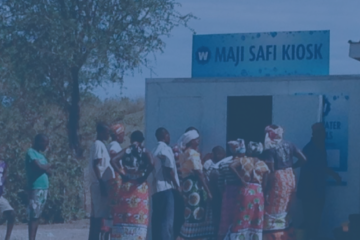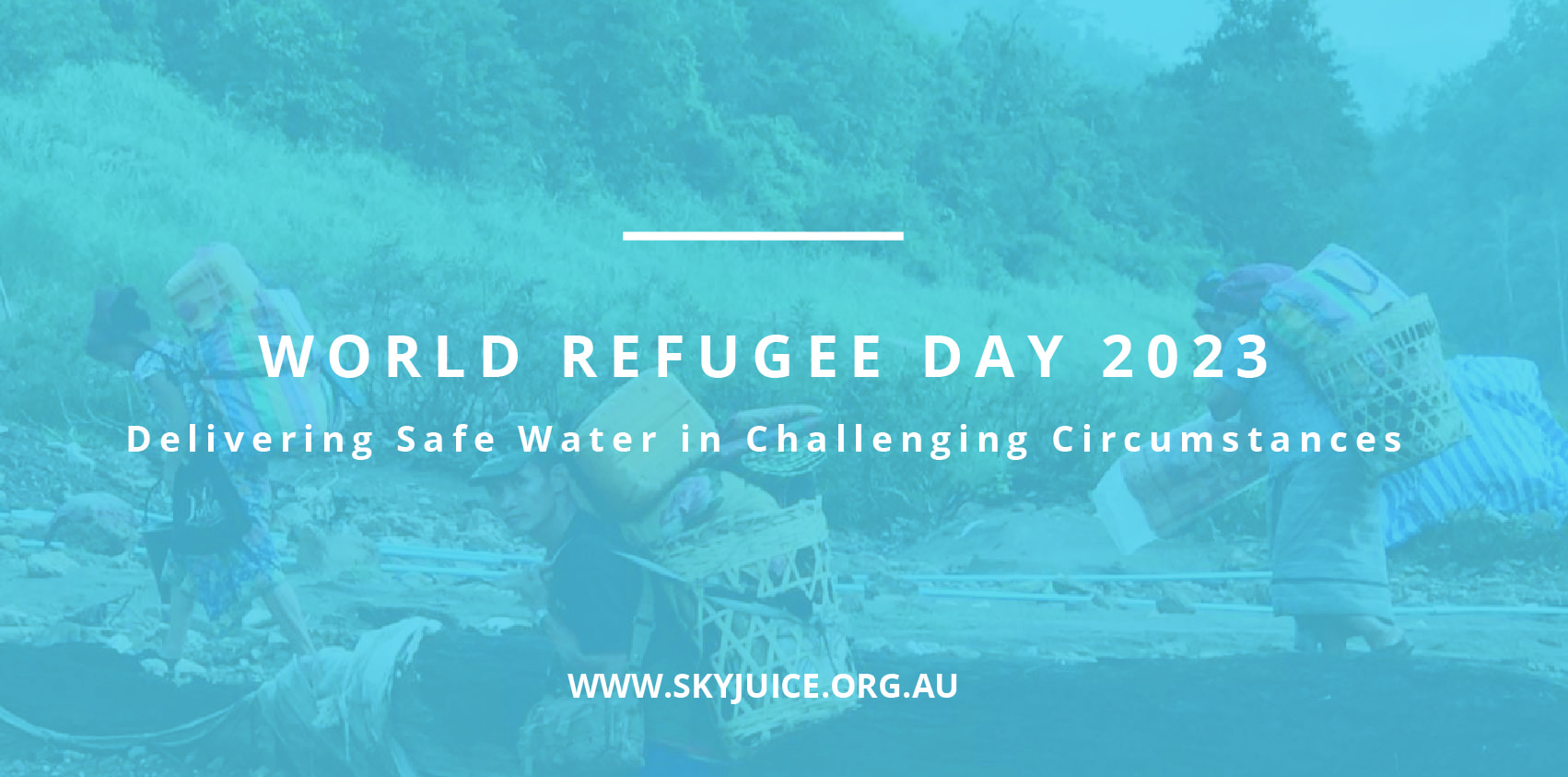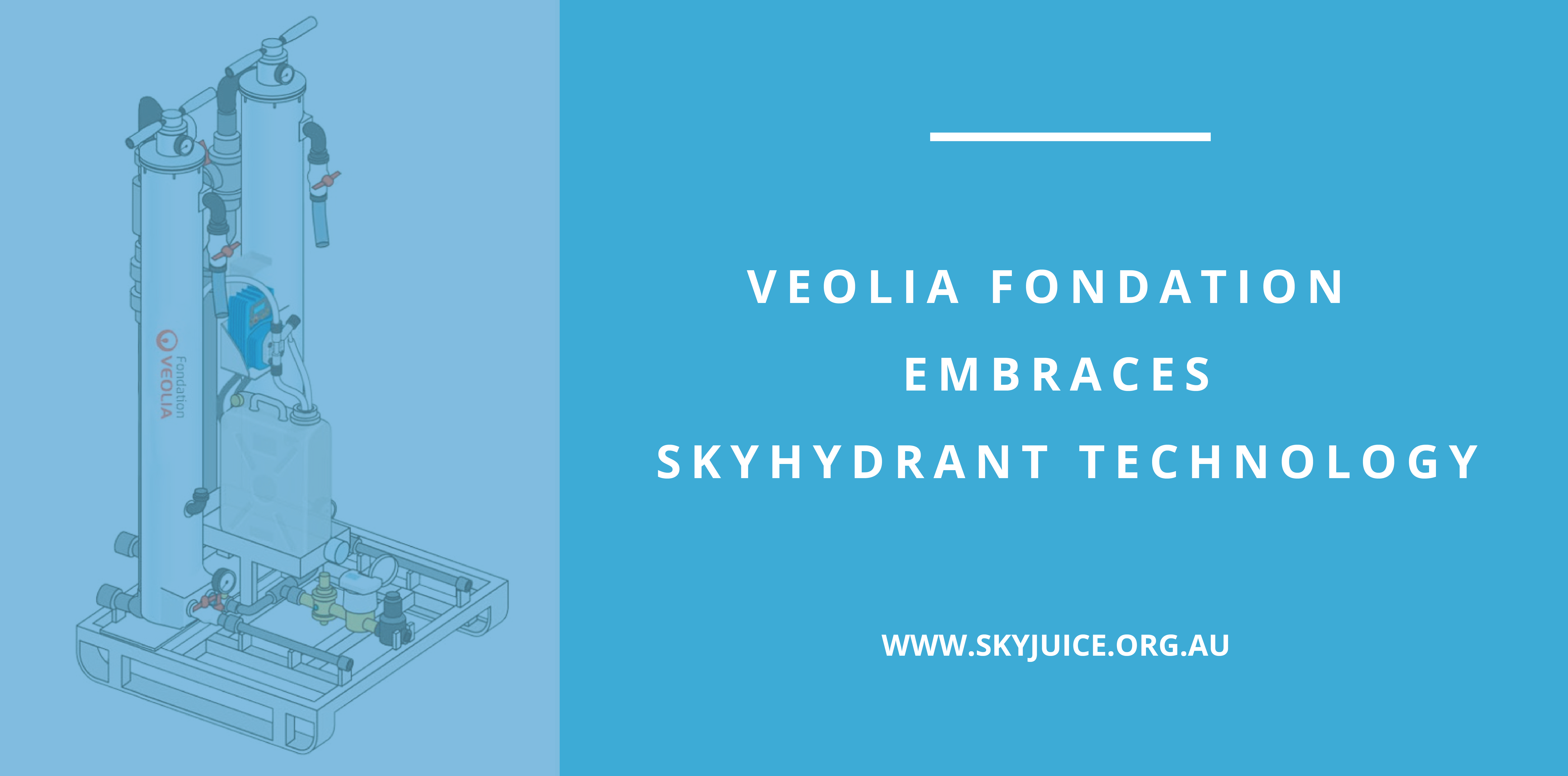Amazing and steady progress is being made by Disaster Aid Australia (DAA) on its flagship Bhutan Schools Program. The project is “on target” and close to completing installations in 120 schools by the end of this year. This is a sensational and consistent effort!
As a background, DAA works on two primary areas; to deliver Safe Water for Every Child and to deliver overseas aid following disasters.
Bhutan 2020 is a formal DAA initiative run in partnership with the Rotary Club of Thimphu, the Royal Bhutanese Ministry of Education and the Royal Bhutanese Department of Health and aims to deliver safe water to schools and their surrounding communities in Bhutan. The initiative has been divided into two stages;
Stage 1 of the initiative will reach 120 schools by the end of 2020 with 90 installations completed by the end of June and the remaining 30 by the end of December.
Stage 2 includes the remaining schools in Bhutan and is estimated to take another 2-3 years.
When considering the completion of the project, it is important to remember that while the country has 562 schools at the moment, the 120 schools included in Stage One account for over 80% of the school children in the entire country. The Ministry of Education does have plans in place to reduce the total number of schools to approximately 400.
So why Bhutan you may ask? Bhutan is a small landlocked country in the Himalayas, predominantly Buddhist and with a population of approximately 750.000. It is a poor country but with no obvious poverty with a minimum wage of $100 per month.
Bhutan is endowed with enormous water resources, of which glacial lakes and high-altitude wetlands are the most important. While water is plentiful, Bhutan has a peculiar “problem of the plenty”. This is caused mainly because of geography. While settlements and farmlands are on hilltops, most of the water is in ravines at the bottom of the valleys. Thus, people end up consuming unsafe water that is not necessarily contaminated but mostly muddy.
You may be surprised to know that Bhutan has the highest availability of water per capita in the region, but still, access to clean and safe drinking water is a huge issue with the biggest challenge being exposed water sources. Even if the water is not contaminated by chemicals, industrial waste or other contaminants, the water sources are prone to surface contamination by soil and mud.
The water cannot be consumed without risking water borne diseases and is in need of adequate filtration from mud and debris.
Bhutan recognizes that addressing water issues directly contribute to poverty eradication and enhancing the quality of life of communities but safe water still remains a challenge that needs battling at the most basic level.
The Safe Water for Every Child initiative is a partnered movement with organisations in Colombia, India, Myanmar, Mexico and the Philippines.



0 Comments